Football
Chalk Talk: Football Terminology Primer (Part 1)

Football has its own language, and it’s filled with esoteric vocabulary only truly understood by those who study the game. Terminology varies from team to team and from system to system, but there are still general terms that are used by fans, coaches and players alike. In preparation for yet another season of Chalk Talk, here are a few terms that the fans have asked about most along with their descriptions.
Banjo
A defensive technique used by members of the secondary, often when facing bunched or stacked receivers. Instead of playing true man-to-man, one defender has the outside responsibility while the other has an inside responsibility. This is used to nullify rub routes by the receivers, which have a high success rate against man coverage.
Bootleg/Waggle
These are terms used to describe a play action pass where the quarterback fakes the run one way and rolls out to the opposite side. The term “bootleg” is often associated with the offensive line moving toward the side of the fake, leaving the quarterback to roll out “naked,” meaning without blockers to assist him.
The term “waggle,” which was a staple of the late wing-T offense, is often associated with a pulling lineman who curls back to the side where the quarterback is rolling toward to assist in pass protection. Both terms are often used interchangeably, and they are both almost always paired with a flood route combination to the roll side, meaning all of the receivers’ routes head toward that side. 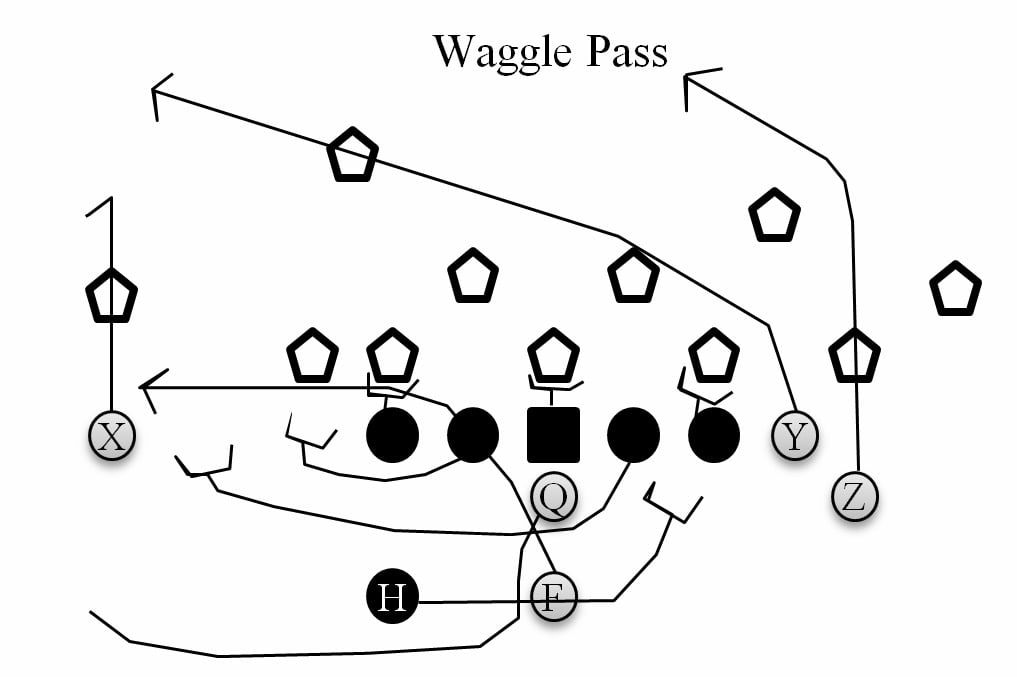
Cover 2/3/4
You have likely heard the term “cover 2” or “cover 3” thrown around in the average broadcast or article. These describe types of defensive coverage, and the number differentiates how many players are covering the deep section of the field — cover 2 has two deep defenders (usually safeties but not always, e.g. in an inverted or rolled coverage), cover 3 has three, and so on. Cover 0 is always a blitzing play with man-to-man coverage and no deep safeties.
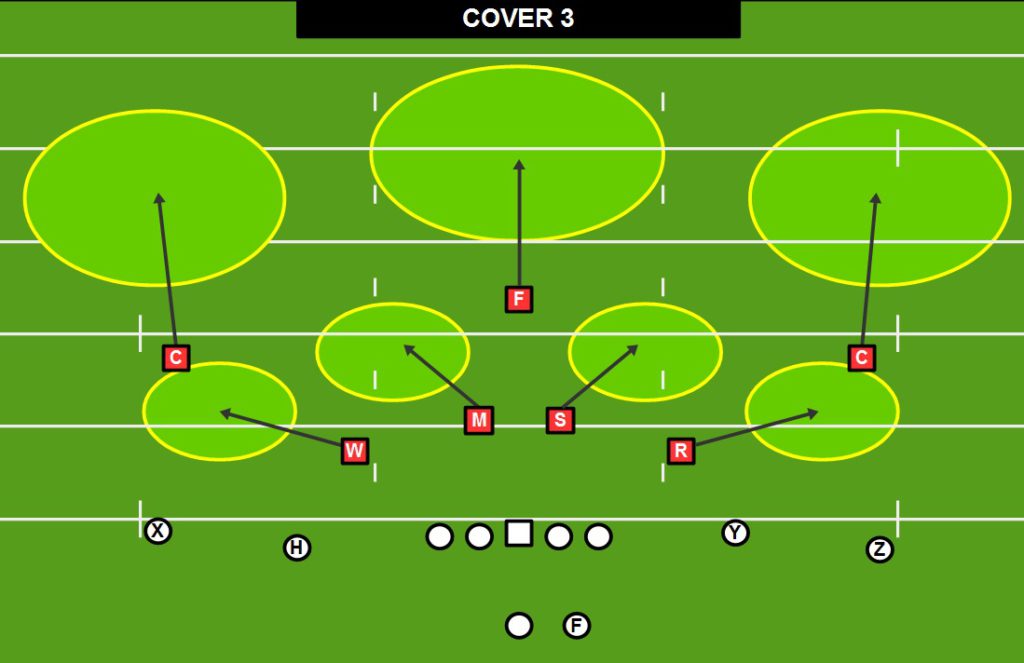
End Around
This is by far the most misused term in football. A true end around includes a quarterback fake to one player and a true handoff to another player. This is not to be confused with a reverse, where a player receives the ball one way and hands it off to a player headed the opposite way, or a jet sweep/speed sweep, where a player comes in motion and receives the ball from the quarterback in full stride.
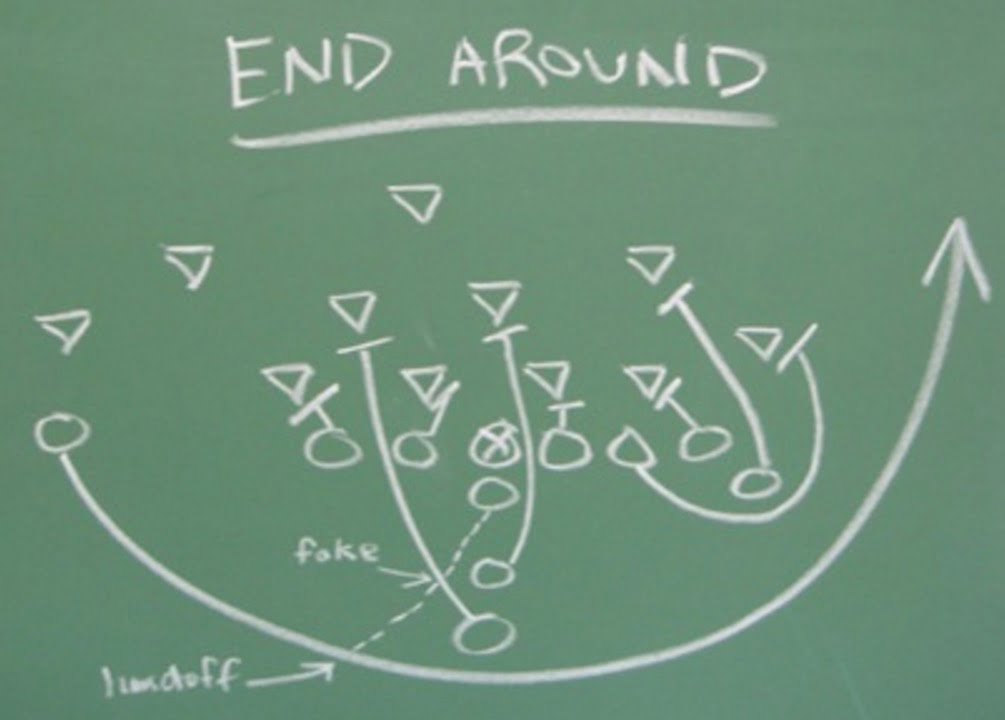
Hi-Lo
A “Hi-Lo” read is any instance where there is a deep and intermediate/short route combined in a passing play. When combined, these routes are meant to put zone defenders in a bind; if the defender turns to cover the deep route, it leaves the shallow route open, and vice versa.
Hi-Lo reads are prevalent throughout all forms of football. An example of a Hi-Lo concept would be Y shallow or shallow cross. One inside receiver would drag across the field while the other inside receiver would run 10 yards upfield and then cut inside on a dig route. In most systems, both receivers are taught to settle if they reach open space. No matter which route the middle linebacker chooses to cover, there will always be an uncovered receiver.
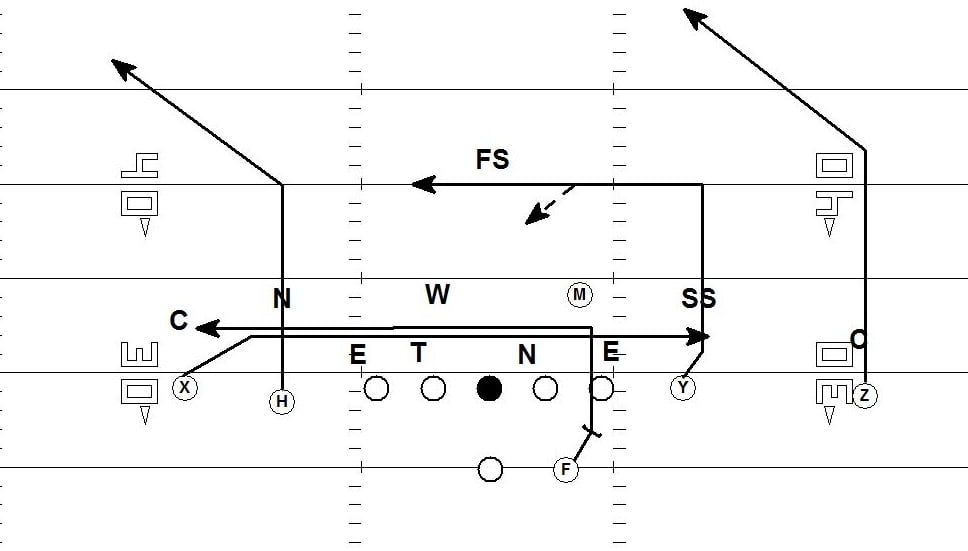
Mike/Will/Sam Linebacker
Linebackers are identified by where they align in relation to the strength of a formation. The “Will” linebacker always aligns to the weak side of the formation, the “Sam” always aligns on the strong side, and the “Mike” is always in the middle. These are simple names given instead of “strong-side linebacker,” “weak-side linebacker” and so on.

-

 Football5 days ago
Football5 days agoSpring Football: OSU Returns a Lot of Talent, Production at Linebacker
-

 Softball5 days ago
Softball5 days agoOSU Softball: OU Coach Patty Gasso Says Bedlam Will Continue Next Season
-
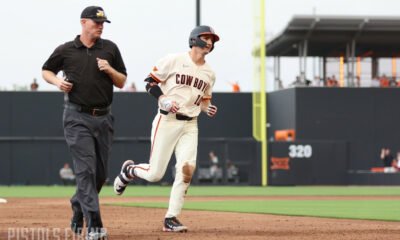
 Baseball5 days ago
Baseball5 days agoOSU Baseball: Nolan Schubart Breaks Home Run Record as Pokes Throttle Shockers
-

 Hoops4 days ago
Hoops4 days agoReport: Steve Lutz Hiring George Mason’s Mike Ekanem as Assistant Coach






